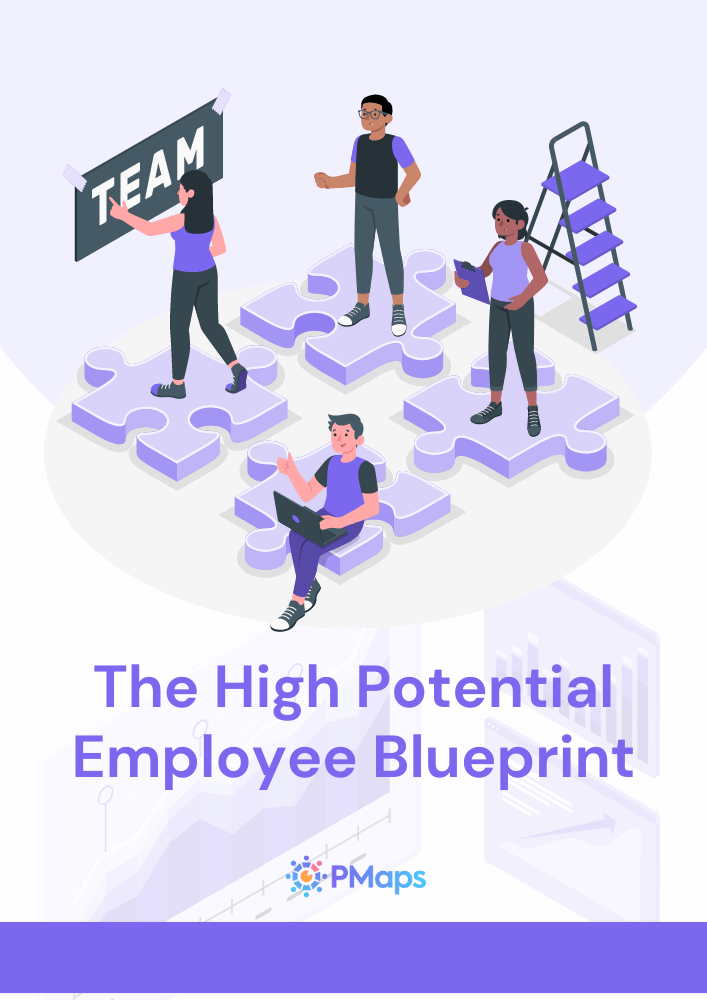
Are you confident about your decisions for talent management this season? Let's take a look at the ultimate employee performance checklist that traces your pathway for workforce management.
Okay, enough self-reflection. Coming back to the point where we had started. How well do you think you may pull up the employee appraisal for the session 2022-23?
While SHRM stats claim that 95% of managers are “unhappy” with traditional performance management, psychometric personality tests can be a valuable tool to improve the accuracy of performance evaluations
The first and foremost approach to fixing something is to find the root of ‘what went wrong'.
Evaluation of workforce went wrong: Bell-curve analysis VS Power law
Focusing on the training and development of the average workforce is the major mistake traditionally committed by HR managers. Though, it can be advantageous if you believe in the trainability of your employees. It does not necessarily guarantee a shift in productivity.
You must be aware of the studies that claim your workforce only constitutes 5-10% of employees who actually drive your output. Now let's run a quick self-assessment for you. Ask yourself if you can compromise these few high-potential employees for a maximum number of average employees.
If your answer is yes, you are still following the misleading bell curve to evaluate your workforce. If your answer is no, Kudos!
Traditional 10-70-20 Rule
Traditionally, the work performance of a team is plotted against the categories of high performers, average performers, and low performers. The graph (see below) typically presents the employees in 10%, 70%, and 20% respectively. It focuses on the maximum number of employees falling under the average category and allows the managers to take action for improving their performances.
Meanwhile, a minor percentage of high performers get neglected due to excessive emphasis on the training and development of the majority.
But, in this case, the resources of the management are directed towards bettering the performance of average employees without a guarantee of results.
If you are practicing the same, beware! Because you might be losing your high potential employees to deprivation of attention soon.
Meanwhile, a minor percentage of high performers get neglected due to excessive emphasis on the training and development of the majority. But, in this case, the resources of the management are directed towards bettering the performance of average employees without a guarantee of results.
If you are practicing the same, beware! Because you might be losing your high potential employees to deprivation of attention soon.
Much Accurate 20-80 Rule
There's something that you need to adapt starting today, from this very moment. The reflection of your workforce performance on a non-linear graph of POWER LAW. The power law is a function that explains the relativity between two variables. In the context of HRs, it is the relative difference between high performers and low performers. Too much to register?
Let's say, employee A is as good as bad as employee B. This means this graph plot represents the direct alternate employees with respect to their job performances.
The interpretation of this will not only help the management to initiate the right training for low performers but also will help in prioritizing the high performers. It is because the gap between a good performance and a bad performance will now have more clarity and accuracy.
Are you curious about this ‘Power Law' term? Let us help you out with that.
Unlike the normal distribution curve where the focus is on average performers, here in the power law function (refer to the image above), the focus is on the gap between good performers and bad ones. It is typically presented with a 20-80 proposition. Where only 20% of employees are responsible for 80% of output in an organization.
Now, what's the next step?
Once you know the existing gap of skill and competencies between your high-potential employees and the rest of the workforce, things get further smooth. You don't have to worry about losing the right human capital if you have assessed your employees thoroughly.
And if you are stressed about the possible loss of employee population, we have got your back with the best recruitment assessments. You only need to make sure of a few things in advance.
It sounds like too much work, right? That's what we are here for!
To help you evaluate all that can not be recorded through any performance reports, we present you the ultimate appraisal kit. That assesses your employees' productivity and engagement in the job position. Turn the ease of employee evaluation into a reality through our specifically tailored tool that resolves your unique workforce-related concerns.
Our HiPo Assessments can help you predict the front liners of your team and will aid your need to appraise the best performer forward to lead your workforce. We assess your employees' Emotional Intelligence, General Intelligence, Aspirations, and Engagement levels. For the rest, stay assured of spotting the engaged employee ratio by delving into the strengths and weaknesses of your work population.
Conclusion
To make the right appraisals and achieve the best of your management goals, you can connect with our psychometric experts. You will be able to not only hire the best talents but also orient them appropriately as per their skill sets and competencies. We can assure you of the ease of identification and retention of your valuable high potential employees.
Join hands with us for better recruitment and employee management. You can contact us through email support@pmaps.in.in or call us at +91 770-919-6077









